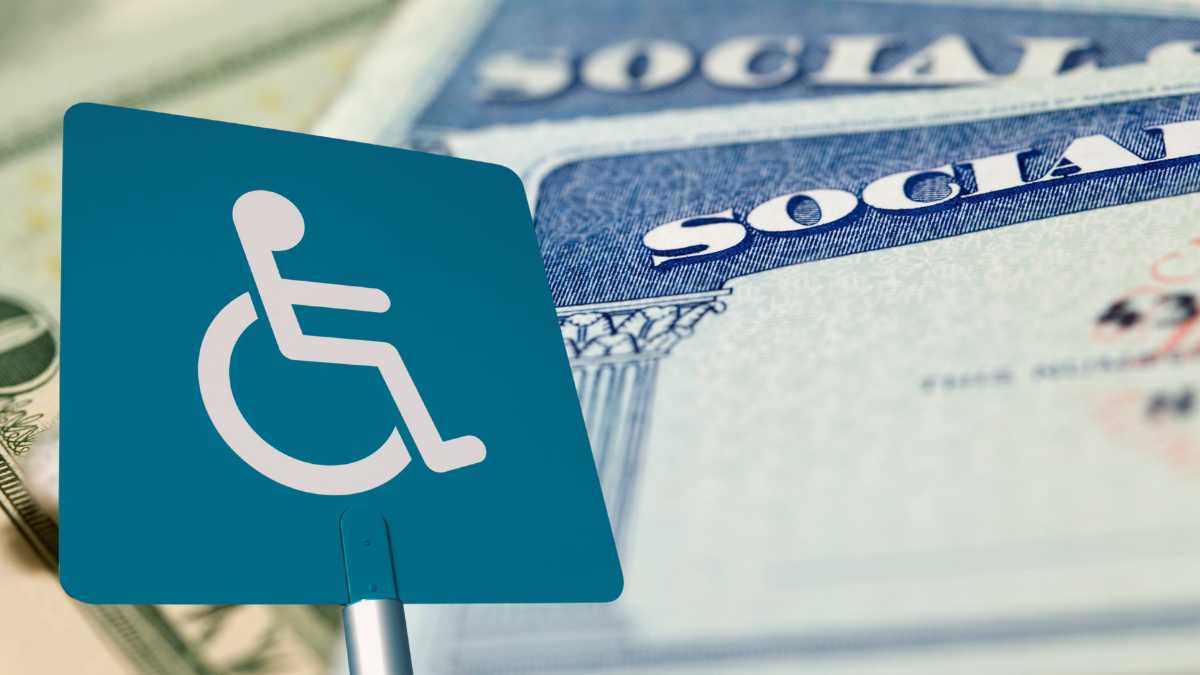Social Security Disability Security (SSDI) beneficiaries with birth dates between the 21st and 31st of any month will receive their payments on April 23, 2025, according to the Social Security Administration (SSA) calendar. This system distributes deposits into three groups, prioritizing the birthday.
The first two groups, with dates from 1 to 10 and 11 to 20, received their payments on April 9 and 16, respectively. The SSA has maintained this scheme since 1997 to expedite the monthly distribution of funds to more than 8 million program beneficiaries.
Maximum amounts and requirements for SSDI payments
The maximum monthly SSDI payment for 2025 will be $4,018, according to official data. This amount includes a cost of living adjustment (COLA) of 2.5%, applied from January 2024. The figure does not alter the payment dates, defined exclusively by the range of birth.
The SSA recalculates the amounts annually based on economic indicators. The COLA seeks to compensate for inflation, although critics point out that the increase does not always equal the increase in basic expenses such as housing or medicine.
To qualify for SSDI, applicants must accumulate work credits equivalent to at least 10 years of work, with contributions to the system. The disability must be medically certified, with a minimum expected duration of 12 months or risk of imminent death.
The SSA excludes temporary or partial conditions without permanent employment impact. Diseases such as advanced cancer, multiple sclerosis or irreversible neurological damage are usually approved. In 2023, 35% of initial applications were accepted, according to federal records.
Five-step evaluation process for SSDI
Eligibility is determined through a five-stage process. First, it is verified if the applicant is currently working. The severity of the medical condition and its alignment with the SSA List of Impairments, known as the Blue Book, are then evaluated.
Subsequently, it is analyzed whether the individual can carry out his previous job or adapt to other tasks. Only 28% of appeals are successful, according to data from 2022. This system seeks to avoid improper approvals, although civil organizations criticize its complexity.
Frequently approved medical conditions
Musculoskeletal disorders, such as severe arthritis or spinal injuries, account for 33% of approved cases. This is followed by cardiovascular (18%), neurological (15%) and mental (14%) conditions, according to 2024 SSA statistics.
The Blue Book details specific requirements by disease. For example, for multiple sclerosis, evidence of recurrent motor or sensory damage is required. If a condition is not listed, SSA evaluates residual functional capacity through medical examinations and employment testimonials.
If you think you qualify for SSDI benefits, head to the official SSDI page in the SSA website.




